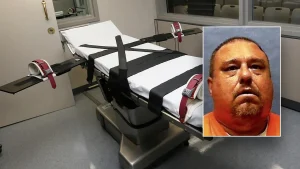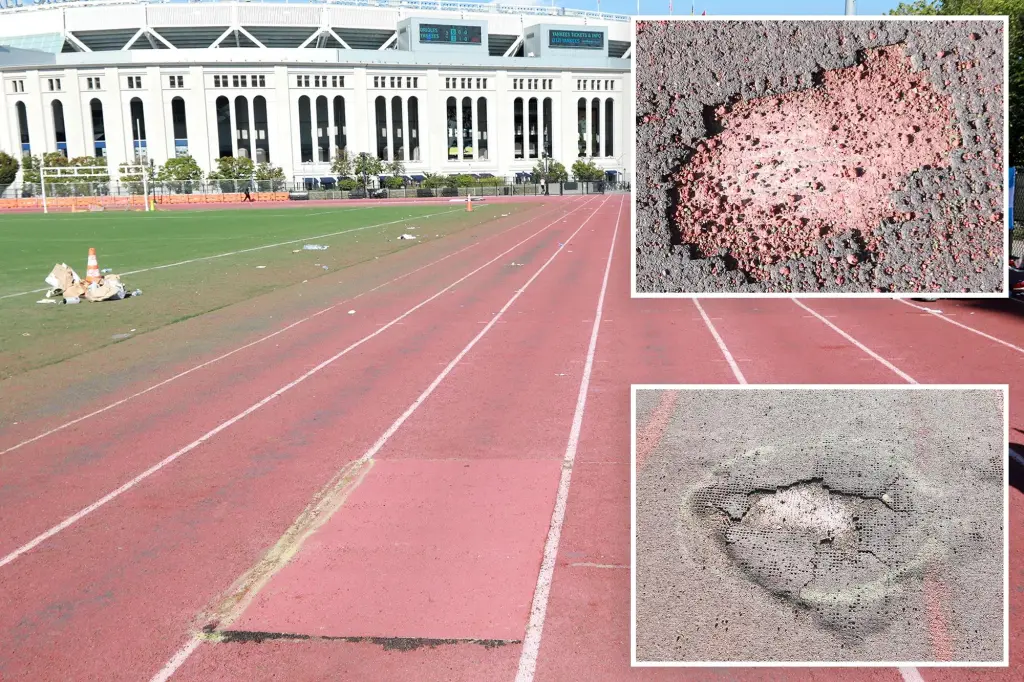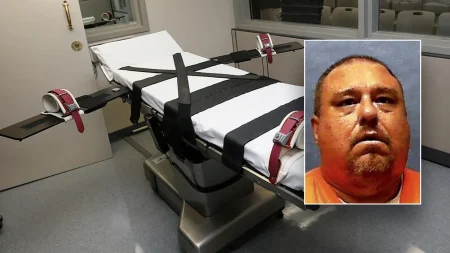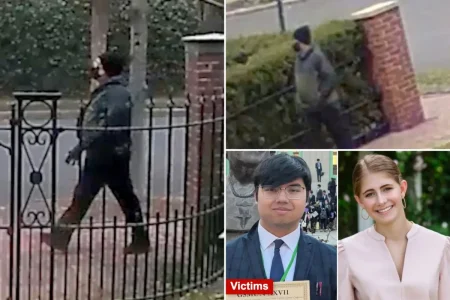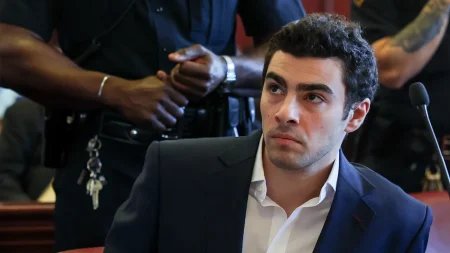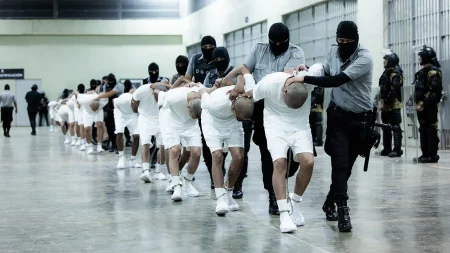South Bronx Park Under Siege: Dirt Bikers Damage Community Haven
In the heart of the South Bronx, Macombs Dam Park—once a source of pride for the local community since its 2010 renovation—has become the center of growing frustration. Across from the iconic Yankee Stadium stands a recreational space intended to serve the neighborhood, but it’s now being systematically damaged by groups of teenagers riding dirt bikes across its turf and track. Local residents and coaches report dangerous conditions, with the once-pristine athletic field now marred by massive holes and slippery surfaces. “It’s awful,” explains soccer coach Naim Kurtovic, whose concerns extend beyond just field damage—he’s even discovered syringes on the turf moments before high school athletes arrive for practice. The deteriorating conditions have forced Cardinal Hayes High School’s football team to abandon the field entirely, with Coach C.J. O’Neill lamenting that playing across from Yankee Stadium had been “a great source of pride for them” before safety concerns made it impossible.
The situation has escalated to dangerous levels, with concrete examples of harm already documented. In 2021, a dirt bike rider collided with a 5-year-old child on the track, sending the young parkgoer to the hospital with nose and mouth injuries. Despite this incident, enforcement has remained minimal, with a Parks Department representative confirming that zero dirt bike-related summonses have been issued this year. Regular park users like 55-year-old Eli Ocasio, who has visited the track with his adult son for over a decade, express growing frustration: “This is a place for people to exercise: not for people to be riding their scooters, motorcycles, dirt bikes – keep that outside, to the streets.” His sentiments reflect the community’s desire to preserve this space for its intended purpose and for future generations, as the track’s condition continues to deteriorate under the constant abuse from unauthorized vehicles.
The impact extends beyond just the visible damage, creating hazardous conditions for some of the park’s most vulnerable users. Many senior citizens who rely on the track for daily exercise now face treacherous walking conditions created by dirt bike treads that have left slippery, unstable surfaces. South Bronx native Ana, who has used the track since high school, describes how the teens have been disrupting the park since its renovation: “The kids are bored, there’s no outlet for them,” she explains, highlighting a deeper issue of limited recreational options for youth in the area. The problem has become so predictable that Ana completely avoids the field between 3 and 6 p.m.—prime hours when approximately a dozen riders between 15 and 24 years old typically race their bikes across the grounds. Her observations point to a systematic issue rather than random occurrences, suggesting a need for coordinated response from park authorities.
Local officials like Assemblywoman Chantel Jackson frame the dirt bike problem as part of a larger issue of park neglect. She argues that the $35 million city-funded park has been allowed to deteriorate just years after its renovation, citing fundamental maintenance failures: “The track has not been managed, there’s no money to fix the track.” Jackson’s personal involvement has extended to cleaning the track herself due to insufficient sanitation staff. While acknowledging the dirt bikes as “absolutely an issue,” she believes they’re a symptom rather than the root cause of the park’s decline. The Parks Department counters this narrative, asserting they perform “routine” cleaning and maintenance of the heavily used field. According to department representatives, dozens of repairs have been conducted since 2018, with part of the problem attributed to the field’s unusual foundation—it sits atop a public parking garage, which has “contributed to affect the quality of the turf field.”
The Parks Department has recently promised action, stating they’ve met with Cardinal Hayes High School coaches and “will be making some in-house repairs to the turf.” They’re also “exploring the scope of work and cost estimates for repairs to the garage roof” with plans for a future capital project to renovate the field. However, these promises come against a backdrop of ongoing damage that continues unaddressed. The contrast between the park’s importance to the community and its current state is stark—a $35 million investment meant to provide quality recreation space for an underserved area now stands compromised by both unauthorized use and maintenance challenges. For a community where safe, well-maintained outdoor spaces are vital yet limited, the deterioration represents more than just physical damage; it’s the erosion of a neighborhood resource.
While official complaints have been filed through the city’s 311 system—ranging from garbage and litter issues to loud music, graffiti, and “unsafe use of the park”—Assemblywoman Jackson believes most problems go unreported. Local resident Jonathan, who can hear dirt bikes from inside his apartment blocks away, puts the issue in perspective, noting it seems minor compared to the “guys dying of drugs on the street right there.” Jackson echoes this sentiment, touching on the broader socioeconomic challenges facing the community: “People are living in poverty. They don’t have time to complain about these things.” This final observation perhaps explains the persistence of the problem—in a neighborhood facing numerous hardships, the deterioration of a park, while significant, competes with more immediate survival concerns. Nevertheless, for the students, seniors, and families who rely on this space, its protection remains crucial to maintaining quality of life in a community where such amenities are precious and hard-won.

